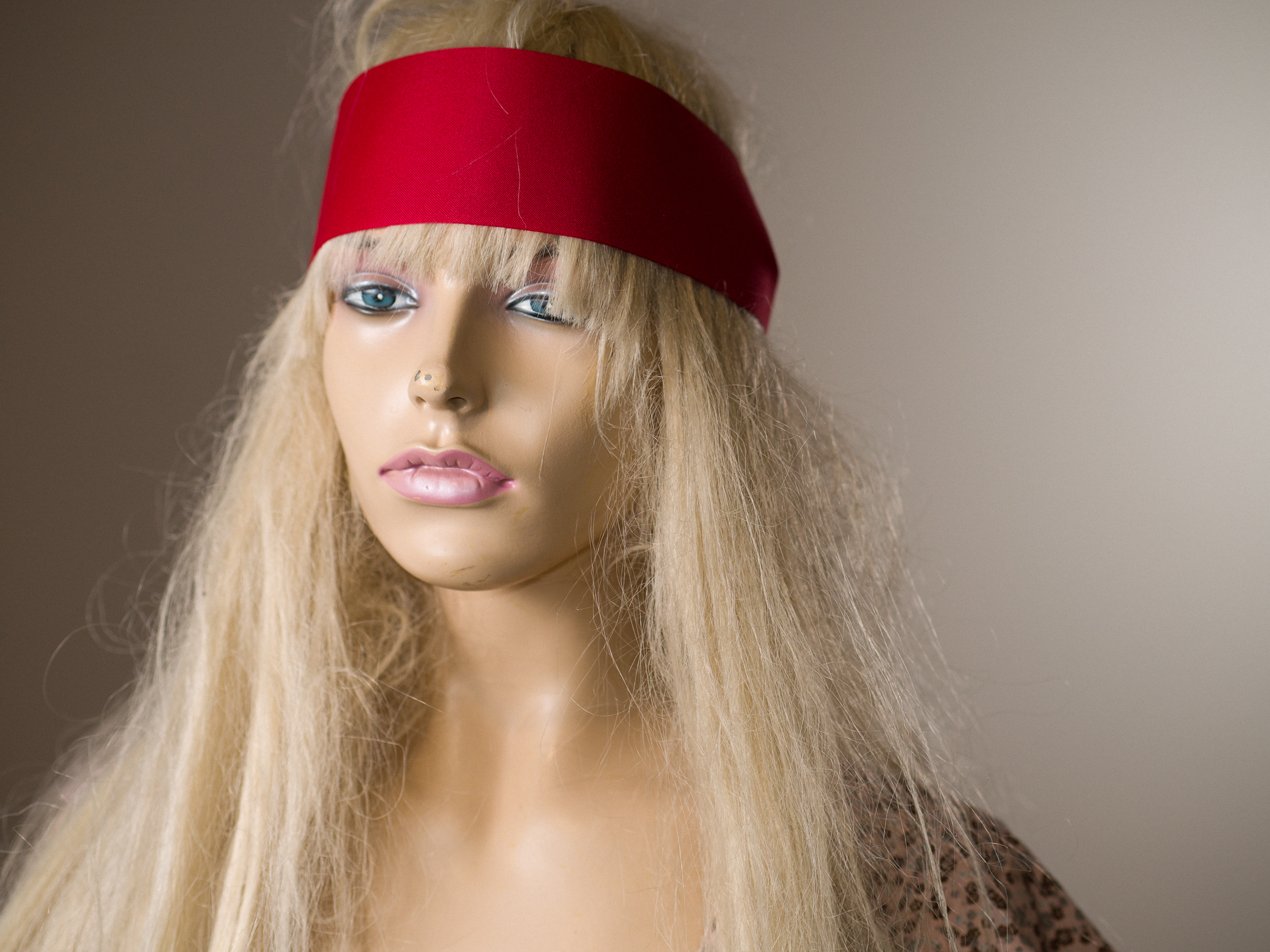Wireless flash photography is a fast, flexible and powerful way to shoot. It used to require dedicated hardware (which still can provide additional benefits), but these days many modern camera systems, such as the Panasonic LUMIX cameras, have wireless flash functionality built in.
Why go wireless?
Not only does the built-in wireless control allow you to trigger the flashes, but even adjust the flash units from the camera itself. For example on the LUMIX gear, you can put lights in one of four channels (1, 2, 3 or 4), and then each channel can have three groups (A, B and C). A different channel would be to keep multiple photographers from firing eachother's flashes, or for an individual photographer to have multiple setups in the same room. Imagine a fast paced portrait environment with multiple unique setups, where you can simply switch the camera from channel/setup one through four as you move around the room. Then the A/B/C groups allow you to control the output of individual groups of lights within a channel/setup. For example, your main light(s) could be channel A, and your background light(s) channel B, so you could independently make one darker or brighter than the other — all from the camera itself.
How does it work?
That last scenario is what I set up below to show how this works. There were two lights illuminating the scene; one on our model, Betty the mannequin, and another on the background. There is a third light required, which is on the camera itself. That strobe fires to communicate with the other lights in the room. (This does require line of sight, so you can't shoot around corners or from extreme distances this way — that's what radio triggers like those from Phottix or PocketWizard will do for you). The strobe on-camera can be part of the lighting setup, adding light to your scene, or it can be turned off so it doesn't light the scene at all. It still fires, but it fires a split second before the photo is made, so it's light isn't part of the picture. That's probably the most common way to work, since in most scenarios, avoiding the on-camera-flash-look is rather the point of doing all this. That said I've had it fire before where I wanted just a little kick of light coming from the camera itself.
Many cameras come with built-in flashes. These are not very powerful and on their own can make a photo look totally amateurish, but at least in the case of the LUMIX cameras, that tiny light can be used to trigger remote strobes! For example the flagship LUMIX GH4 has a tiny pop-up flash on board. I remember when I first saw that thinking "what on earth is that embarrassing little light doing on this really high-end camera?!", but then I realized that it's job is to control other lights. Nice.
If that tiny light isn't enough power to trigger the remote strobes (maybe the lights are too far away, or the camera is in a really bright situation and that little pop just isn't cutting it), you can use a full size strobe to trigger the remote ones as well. This can seem like an expensive trigger since you are paying for the entire strobe but only using it to communicate with other lights, but it's still cheaper than most stand-alone wireless solutions — plus you'll have an extra light in your kit.
In the case of the new LUMIX GX8, my current favorite still camera, unfortunately it doesn't have a built-in pop-up flash, so you have to add one to it. It turns out though that if you happen to own the LUMIX LX100, the tiny add-on flash (model DMW-FL70-K) that comes with that camera works perfectly well as a remote trigger on the GX8! Pretty cool…
The LUMIX GX8 sporting the LX100 camera's tiny flash
Let's see it in action…
First, a snapshot of the setup itself. Below you can see the LUMIX GX8 on a tripod with the tiny LUMIX LX100's flash on it (links below on where to find these pieces). In front of the mannequin is one LUMIX 580 (full model number DMW-FL580L) shooting through an umbrella, quite close to her face. This light is set to A Group. Notice as well that the flash's body has been pivoted to face the camera; this is so the sensor (that white/clear bit on the front) can see the trigger light on the GX8. (If you've ever wondered why your flash head can rotate side to side, this is one reason — the other would be to bounce an on-camera flash off a side wall, or ceiling when shooting vertically). The second light, set to B Group, is pointing at the white wall about 10 feet behind the subject.
Betty the mannequin, a LUMIX GX8 with the LX100's tiny included flash, and two LUMIX 580 strobes shooting through umbrellas
The lights are set to TTL, which means they are fully automatic. What's nice about working this way (other than the obvious simplicity) is that to adjust the intensity of one light, you can simply adjust the +/– flash exposure compensation in relation to the other lights in the setup; i.e. make one 1-stop darker, another ⅓-stop brighter, and so-on.
Default setting
In the photo below, we're looking at the LED panel on the back of the camera found at Menu (button) > Rec (camera icon) > Flash (pg 5/8) > Wireless Setup (pg 3/3). Notice that the External Flash is set to OFF; that's the on-camera flash itself. This means that it won't fire with the photo, so won't add any light to the scene. Remember it will still fire, to tell the other lights what to do, but it'll happen a microsecond before the photo and main lights go. Also notice that both A Group and B Group are set to +/–0 EV, meaning that they are firing as the camera determines will be needed for a "proper" exposure.
The external flash is set to OFF, and both A and B Groups are at their default, +/–0 EV compensation (so no adjustments made)
And here's what the photo looks like…
This photo is shot with no exposure compensation made to the two flashes lighting the scene
Making the background darker
Now let's make a change. In the photo below, notice that Group B (the background light) has been dropped all the way down to –3 EV, so it's telling the camera to fire that flash three stops darker than what it thinks it should. That will make the background darker.
Here the B Group has ben set to –3 EV, so it's going to be considerably darker
And here's the resulting photo…
The white wall background is now quite a bit darker
If the background in the second photo doesn't appear quite three stops darker than the first photo, it's because light from the main flash is still spilling onto the background, lighting it just a little bit.
What else can you do?
Without changing the position of the lights at all, you could darken the light on her face to make the shot a little more dramatic, or brighten the background way up to make it pure white. A lot of creative choices can by made by simply making lights brighter or darker, and since you can take control of this from the back of the camera itself, you can experiment quickly without having to run around to each light every time you want to make a change!
The gear discussed
If you're in the market for any of these parts, please consider using these affiliate links:
- Panasonic LUMIX GX8 — [Amazon.com] [B&H Photo]
- Panasonic LUMIX DMW-FL580L flash — [Amazon.com] [B&H Photo]
- Panasonic LUMIX DMW-FL70 flash (from LX100) — [Amazon.com]






